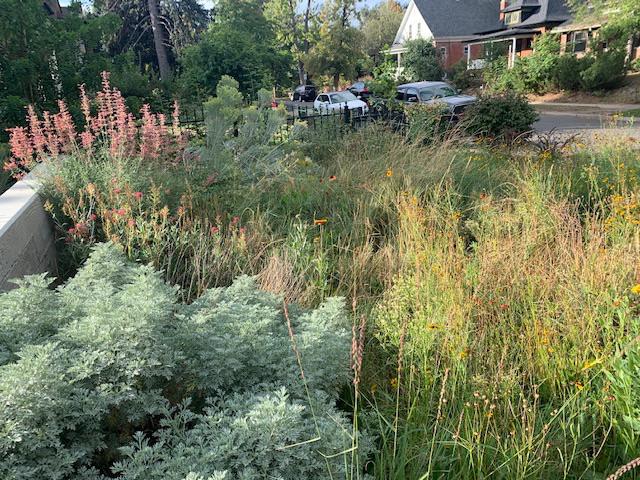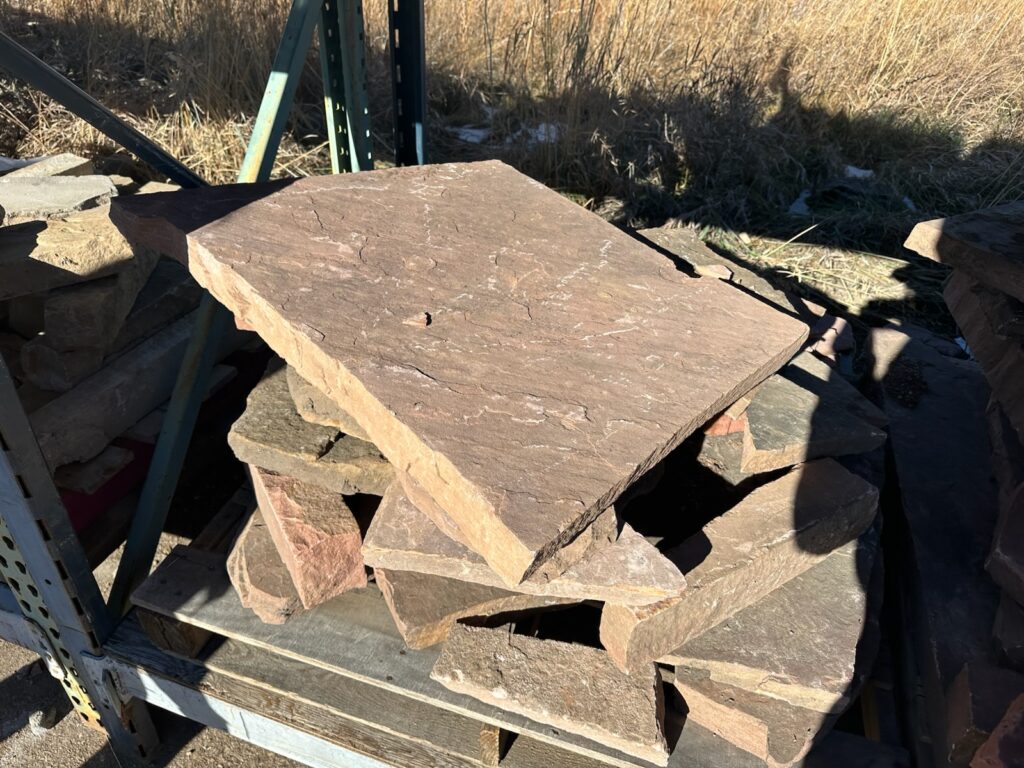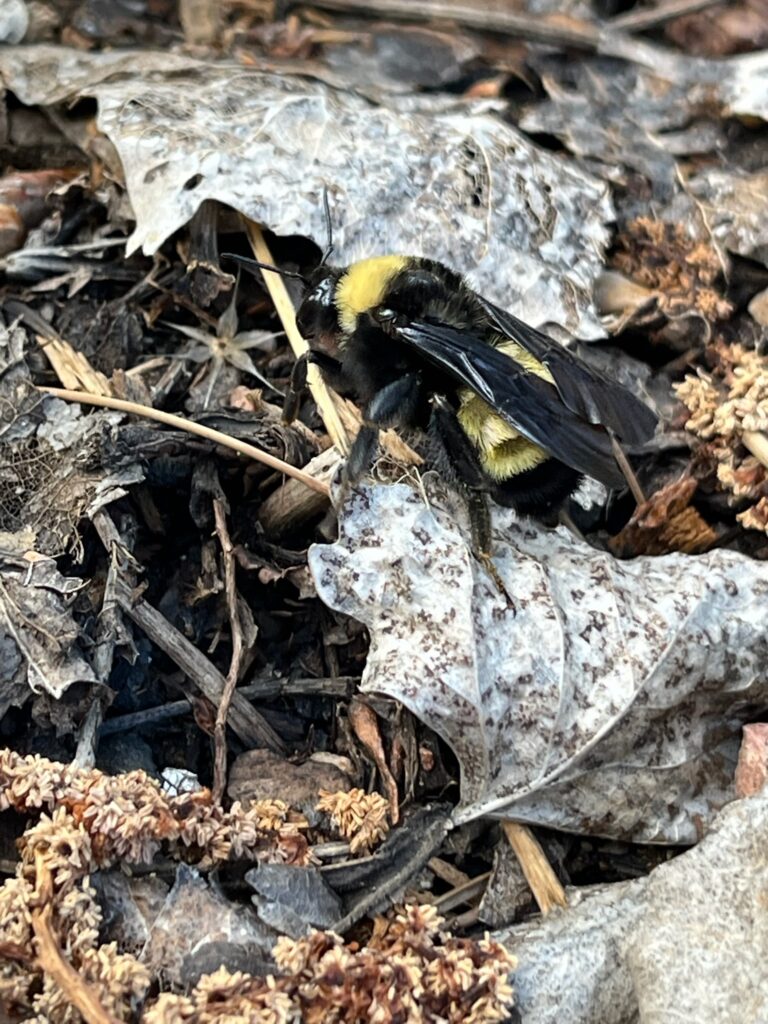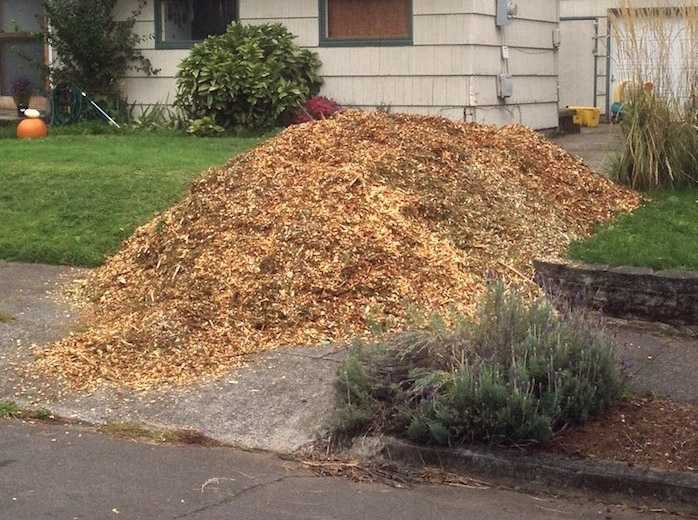(Or at least help, a lot)
By Kristine Johnson

The Wild Ones mission statement focuses on native plants for healthy ecosystems, and the Front Range Chapter speaks to landscaping for a climate-resilient future. Why is this important, and what can sound gardening techniques anchored on native plants provide beyond this?
Many people know that we are living in the midst of climate change, defined as “long-term shifts in temperatures and weather patterns” due to “human activities [that] have been the main driver of climate change, primarily due to the burning of fossil fuels like coal, oil and gas.” What we may not know is that we face multiple other global environmental threats. The Stockholm Resilience Centre summarizes these threats as a set of planetary boundaries inside of which Earth is “stable and resilient.” Beyond planting for biodiversity and gardening to limit greenhouse gas emissions and sequester carbon, we can plan and create landscapes that address these limits. Below you will find specific, actionable suggestions for addressing the major impacts.
Climate change. Emissions of greenhouse gases linked to gardening come in two main categories: embodied carbon (EC) of materials used, and direct emissions from gardening actions. EC entails the greenhouse gas emissions that happen as a result of creating and transporting materials. Some, such as concrete, steel, and glass, have very high associated impacts. Three ways around this are:

- Avoid or limit new concrete and metal in your garden plan.
- Seek out used materials.
- Substitute lower EC materials, such as wood, bamboo, and products made from recycled rather than virgin sources.
Gardening practices that cause direct greenhouse gas emissions include tilling and landfilling organic materials, such as weeds, stems and leaves. When you disturb the soil as little as possible, organic carbon stays in the ground. Consider these practices instead:
- Avoid tilling or turning the soil.
- Compost yard waste or contribute your organic materials to curbside or community composting efforts, both drastically reduce greenhouse gas emissions.
- Leave your fall leaves and stems in place to support wildlife. This results in zero carbon emissions, and leads to more carbon sequestered in our soil.

Biosphere Integrity. Biodiversity is the sheer variety of life on Earth in all its forms. We are in the midst of a massive planetary extinction event, leaving us with fewer species and types of living things to cope with major environmental disruptions. Wild Ones’ core mission supports and promotes the establishment of native plant landscapes, which support biodiversity. Enhance your landscapes biodiversity by:
- Continue to add new species of native plants to your garden.
- Select species to expand your blooms across more seasons.
- Add categories of native plants, such as shrubs, trees, grasses and succulents, if you don’t have them.
- Seek out plants that you know support endangered pollinators or birds.
- Chip away at the existing lawn that isn’t needed for walking or playing on.
- Remove noxious weeds (invasive non-native plants).
- For more details, check out any of Doug Tallamy’s books and any native plant/wildlife gardening certification program for details.)
Freshwater use. Coloradans know water demand is high and supply is increasingly short. Growth calls for conservation. Fortunately, landscapes comprised of native plants on the whole use less water than lawns do, (check out CSU Extension and this case study) and they provide vastly more ecosystem services, such as cooling and cleaning the air and absorbing and cleaning precipitation runoff, than either lawns or a rock-dominated version of xeriscaping. To amplify your native plant landscape’s water resiliency:
- Learn about harvesting your precipitation (also known as rain gardening) to lessen your use of supplemental water and reduce your runoff to the storm sewer.
Biogeochemical flows. Many gardeners know that nitrogen (N) and phosphorus (P) are major plant nutrients and ubiquitous components of fertilizers. Many don’t know, however, that on a global level, N and P are massively overapplied, leading to pollution of both freshwater and oceans. If you’ve heard about algae blooms, eutrophication, or red tides in local lakes, the Gulf of Mexico, and/or coastal communities, know that they happen because of runoff of excess N and P. Our soils in Colorado are naturally low in N and P, so our native plants evolved to need very little of it. It doesn’t hurt to apply a little plant-based compost, which is naturally quite low in N and P and in forms that don’t readily leach to runoff. In addition, skipping the fertilizer leads to sturdier, longer-lived plants. Take-away action:
- Our native plants just don’t need fertilizer, so don’t apply it!

Land system change. Obvious forms of changing landscapes include deforestation and urban sprawl, but don’t forget mining. Many folks don’t realize that landscape gravel is mined from precious and limited riparian systems (areas adjacent to freshwater, disproportionately impactful in supporting biodiversity and ecosystem function). When adding mulch to your landscape, consider:
- Seek out secondhand sources for rock gravel.
- Consider a living mulch (interplanting with low growing native grasses or increasing your planting density).
- Use an appropriate amount of fall leaves or arborist mulch (mulch created within your community by private or city arborists; generally the lowest EC source of mulch, unbagged and therefore plastic free; superior in function for your plants and soil).
Novel entities. These are substances not naturally found in wild places: for gardeners, think plastics, pesticides, and PFAs. Frequently found to be carcinogens and endocrine disruptors, they can be lethal or harmful to pollinating insects, amphibians, fish, and birds. They linger in the environment, accumulating but usually slow to break down. As native plant gardeners who support biodiversity, we should:
- Avoid the use of insecticides, herbicides, fungicides, rodenticides (all different categories of PESTICIDES) for our own safety as well as that of native pollinators and birds.
- Don’t use landscape fabric, which is made from plastic. It doesn’t control weeds in the long term and it limits water and air infiltration to soil.
- If you use plastic in propagation, reuse it as much as possible because many forms of it are not recyclable.
Global problems can feel overwhelming, but the suggestions in this article really add up. Even better, most of these actions will save you money or time. We hope you feel empowered to make different choices for a healthier planet and a more resilient community.
